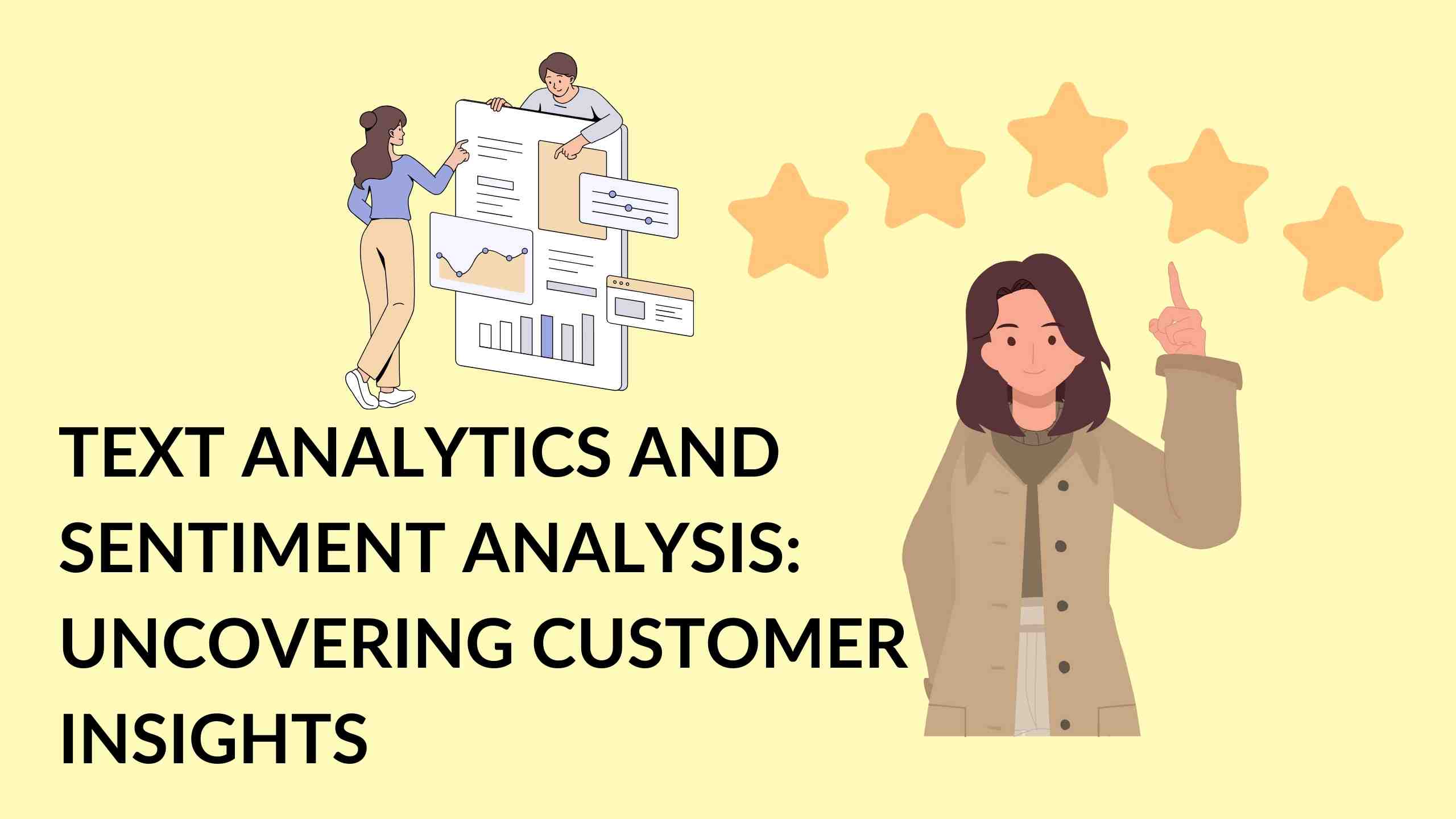Text Analytics and Sentiment Analysis: Uncovering Customer Insights
- Data as a Service (DaaS) Software Marketing & Analytics


Uncovering Customer Insights: Text Analytics and Sentiment Analysis
In the ever-evolving landscape of data-driven decision-making, text analytics and sentiment analysis stand out as invaluable tools. Organizations and businesses harness these techniques to extract meaningful insights from a variety of textual sources, such as customer reviews, social media posts, and support tickets. In this post, we delve into the real-world applications of text analysis, shedding light on its pivotal role in informed decision-making.
The Role of NLP in Text Analysis
Before we explore the applications, it’s crucial to understand Natural Language Processing (NLP), the computational study of human language. NLP skills are fundamental for efficiently analyzing text and speech data. Primary NLP techniques include:
1. Text Classification
Text classification, also known as text tagging or categorization, involves organizing text into predefined groups. This process streamlines information and aids in effective data analysis.
Related Resource: Text Analytics vs Sentiment Analysis – Qualtrics
2. Named Entity Recognition (NER)
NER empowers machines to automatically identify or extract entities such as product names, events, and locations. This technique is instrumental in tasks like search engine queries and chatbot interactions.
Related Resource: Microsoft Dynamics – What is Sentiment Analysis?
3. Sentiment Analysis
Sentiment analysis, a machine learning technique, gauges whether a given text carries a positive, negative, or neutral sentiment. This capability proves invaluable in understanding customer opinions and emotions.
Related Resource: Keatext – What is Sentiment Analysis?
Applications in Business and Academia
The applications of text analysis are expansive, playing a pivotal role in uncovering insights, patterns, and trends from vast volumes of unstructured data. Businesses leverage these tools for various purposes, including:
- Risk and knowledge management
- Cybercrime prevention
- Enhanced customer service
- Claims investigations
- Contextual advertising
- Business intelligence
- Content enrichment
- Spam filtering
- Social media data analysis
For scholars, librarians, and students, text analysis is a crucial digital literacy skill. As digital data becomes the primary format for publishing and archiving, the ability to search, manipulate, and analyze textual records becomes essential for future researchers.
Generative AI and NLP: A Transformative Combination
NLP’s effectiveness extends to domains where information is predominantly collected as text, such as insurance claims, legal documents, and scientific literature. The emergence of Generative AI, which combines machine learning and NLP, marks a significant shift. Capable of generating text in response to prompts, Generative AI comprehends, generates, and interprets human-like text, unlocking deeper insights from data sets.
Related Resource: Text Analysis vs Sentiment Analysis – Qualaroo
Decades ago, analyzing business insights data required specialized professionals. Today, even small businesses possess more data than they can fully comprehend. The majority of this data exists in unstructured text, encompassing internal emails, user feedback, social media interactions, and transaction data. Text analysis skills have become essential for turning this information firehose into actionable insights.
Becoming Data Literate with Text Analysis
You don’t need to be a data scientist to benefit from text analysis, but a foundational understanding of programming languages like Python or R is essential. Learning these skills can be a transformative journey, and resources like the Text Analysis Pedagogy (TAP) Institute provide a starting point. Whether you’re a novice or an experienced professional, TAP Institute offers free courses designed to enhance your text analysis skills.
Explore courses and events at the TAP Institute.
TAP Institute collaborates with Constellate, a text analysis platform integrated with scholarly content and open educational resources. Constellate facilitates learning across disciplines, allowing learners to apply text analysis methods to datasets and refine their skills through tutorials and live classes.
Learn more about Constellate, and explore Python intensives and on-demand video courses.
In conclusion, text analysis proficiency is a cornerstone for making data-driven decisions. It transforms unstructured data into actionable insights, making it an indispensable skill in today’s digital age. Whether you’re a business professional, scholar, or student, embracing text analysis is a step toward data literacy and success in navigating the digital landscape.
For more information or to start a Constellate trial, contact us.
Please reach out with any questions you might have about text analysis, Constellate, or the TAP Institute.
Note: This article is not sponsored by or affiliated with the linked resources; they are recommended for additional reading and reference.











